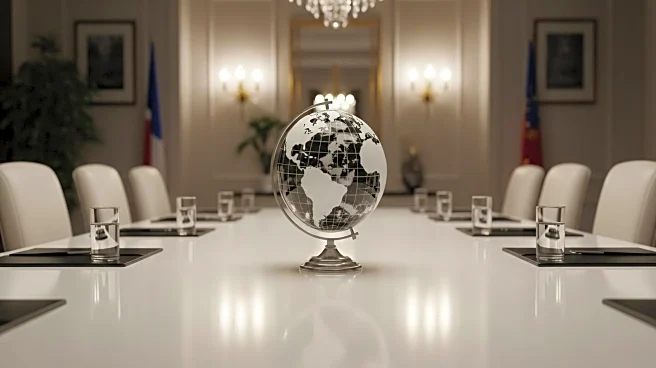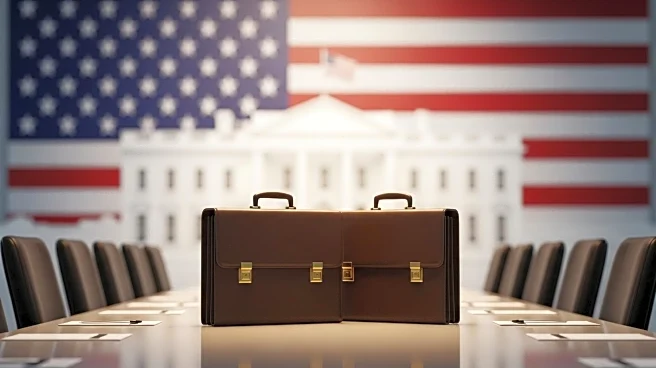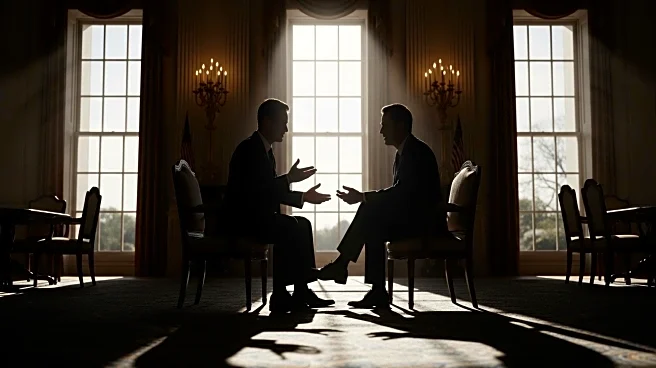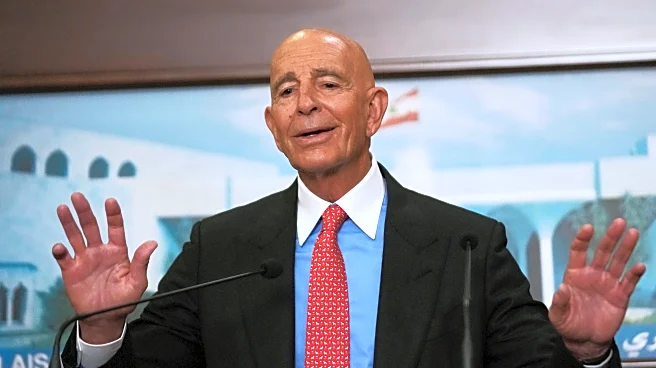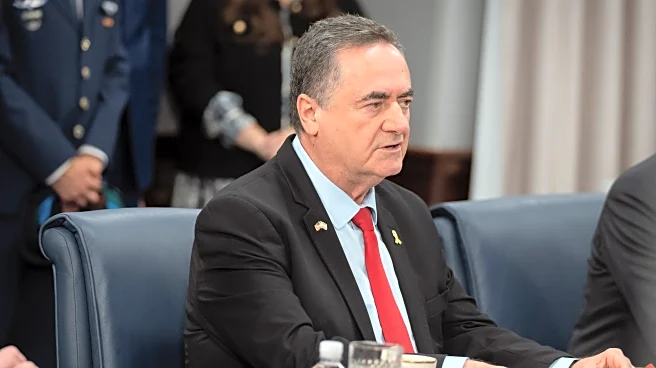What's Happening?
Jared Kushner and former UK Prime Minister Tony Blair participated in a meeting at the White House led by President Trump to discuss a plan for Gaza following the end of the ongoing conflict. The meeting, which included Steve Witkoff, the president’s foreign envoy, and other top administration aides, lasted over an hour. The specifics of the plan remain unclear, but it is described as comprehensive and reflects President Trump's humanitarian motives. The U.S. and Israel have stated that Hamas will not control Gaza post-war, raising questions about future governance and security in the region.
Why It's Important?
The meeting signifies a potential shift in U.S. policy towards Gaza, with implications for regional stability and U.S.-Middle East relations. The exclusion of Hamas from future governance could lead to significant changes in the political landscape of Gaza. The involvement of Kushner, who has deep ties with Middle Eastern leaders, suggests a strategic approach to rebuilding and governance. The plan could impact U.S. diplomatic relations and influence peace efforts in the region, affecting both local populations and international stakeholders.
What's Next?
Further details of the plan are expected to emerge, potentially influencing diplomatic negotiations and regional alliances. The U.S. may engage with other international partners to establish a governance framework for Gaza. Reactions from Palestinian groups and neighboring countries will be crucial in shaping the plan's implementation. The White House may continue discussions with Middle Eastern leaders to refine the strategy and address humanitarian concerns.
Beyond the Headlines
The proposal for a U.S. takeover and redevelopment of Gaza into a 'Middle Eastern Riviera' reflects broader geopolitical ambitions and could face ethical and legal challenges. The plan's success will depend on balancing humanitarian needs with political objectives, potentially setting a precedent for U.S. involvement in post-conflict reconstruction.


